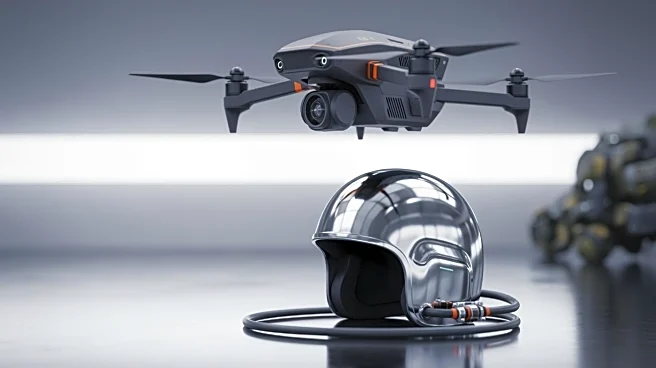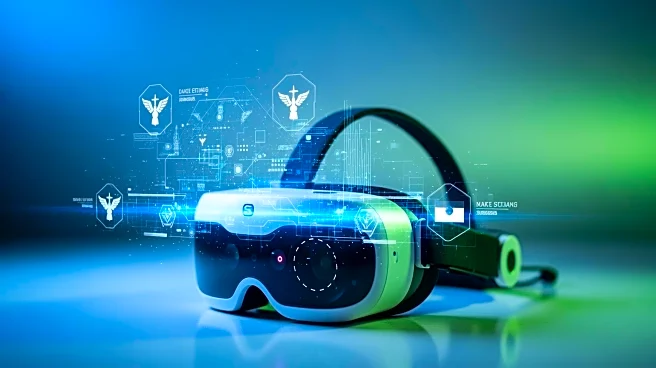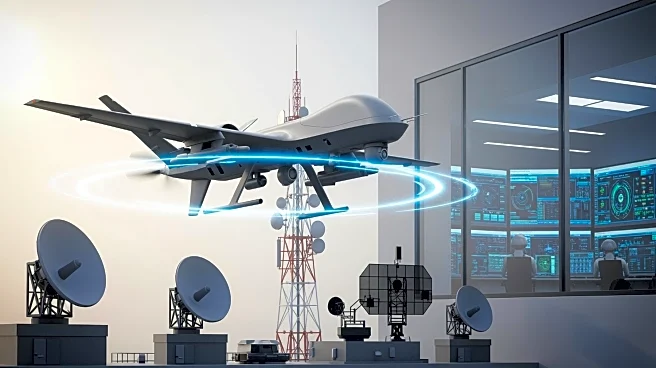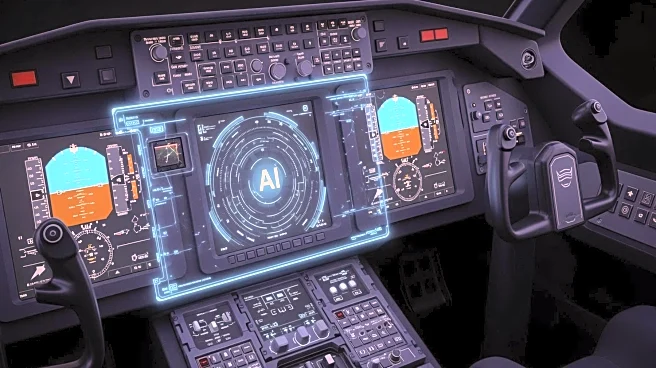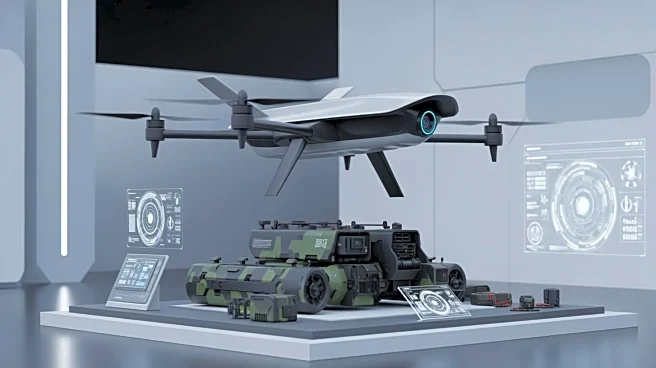What's Happening?
Anduril Industries has introduced the EagleEye MR helmet, a new augmented reality (AR) device aimed at enhancing military operations. Revealed on October 13, the helmet is designed as a battlefield force
multiplier, indicating a significant shift in defense budgets towards wearable AR technology. The EagleEye MR helmet is not intended for consumer use but rather for military applications, featuring advanced sensor fusion and ruggedized optics to meet the demands of life-or-death situations. This development is part of a broader trend where major tech companies, including Samsung and Apple, are launching AR headsets with varying focuses, from consumer comfort to developer platforms.
Why It's Important?
The introduction of the EagleEye MR helmet by Anduril marks a pivotal moment in the integration of AR technology into defense strategies. This move could potentially transform military operations by providing soldiers with enhanced situational awareness and real-time data processing capabilities. The focus on defense applications highlights the growing importance of AR in sectors beyond consumer electronics, suggesting increased investment and innovation in military technology. As defense budgets allocate more resources to AR, this could lead to advancements in other areas such as training, logistics, and mission planning, ultimately impacting national security and defense capabilities.
What's Next?
With the launch of the EagleEye MR helmet, Anduril is likely to continue developing AR technologies tailored for military use. This could prompt other defense contractors to explore similar innovations, potentially leading to collaborations or competition in the AR defense market. The adoption of AR in military operations may also influence policy decisions regarding technology procurement and defense spending. As AR technology becomes more integrated into defense strategies, there may be discussions on ethical considerations and the implications of augmented warfare.
Beyond the Headlines
The shift towards AR in defense raises questions about the ethical use of technology in warfare. As AR devices become more prevalent in military operations, there is a need to consider the potential consequences of augmented decision-making and its impact on human judgment. Additionally, the development of AR for defense purposes may spur advancements in related technologies, such as artificial intelligence and machine learning, further transforming the landscape of modern warfare.




